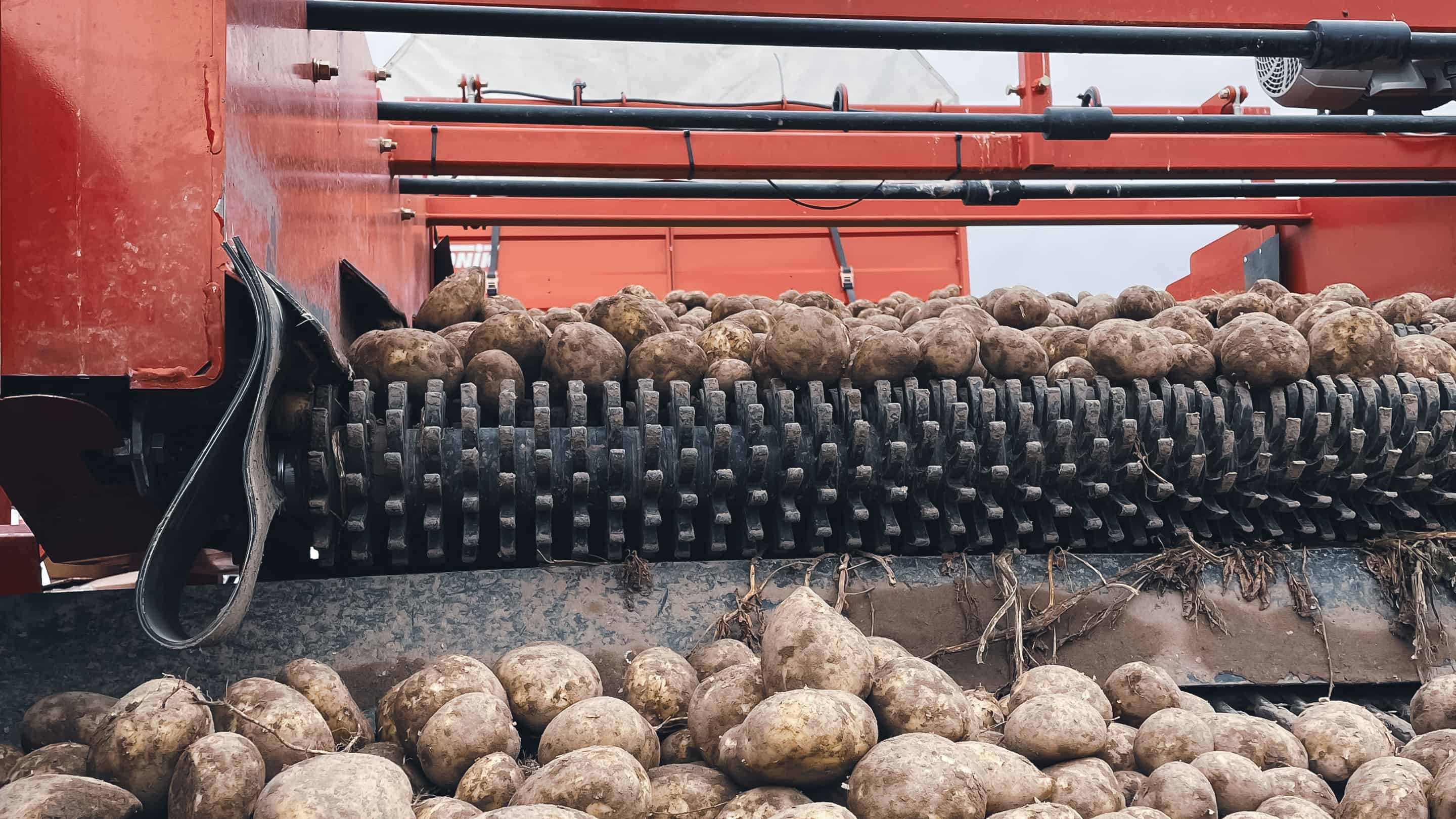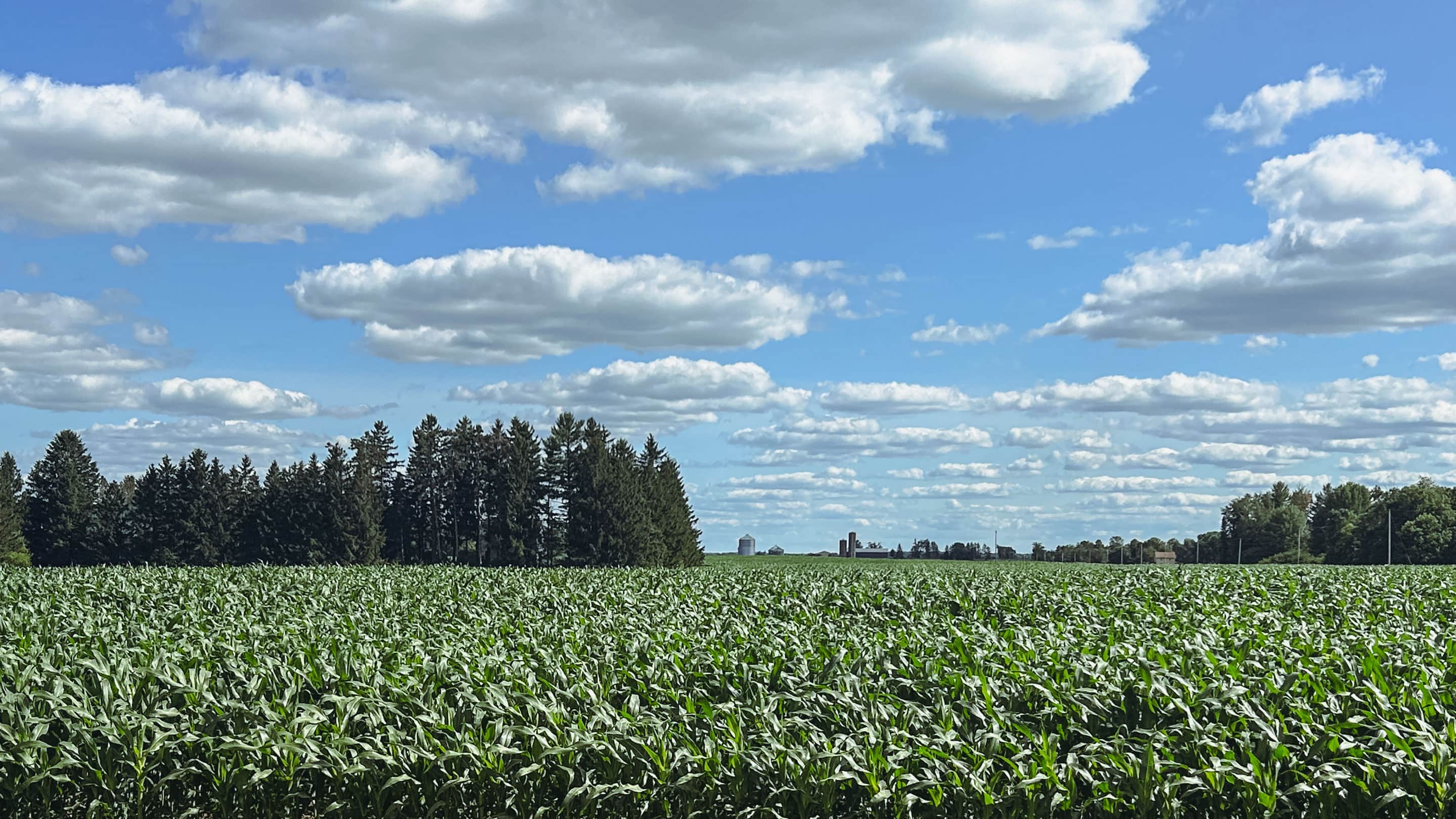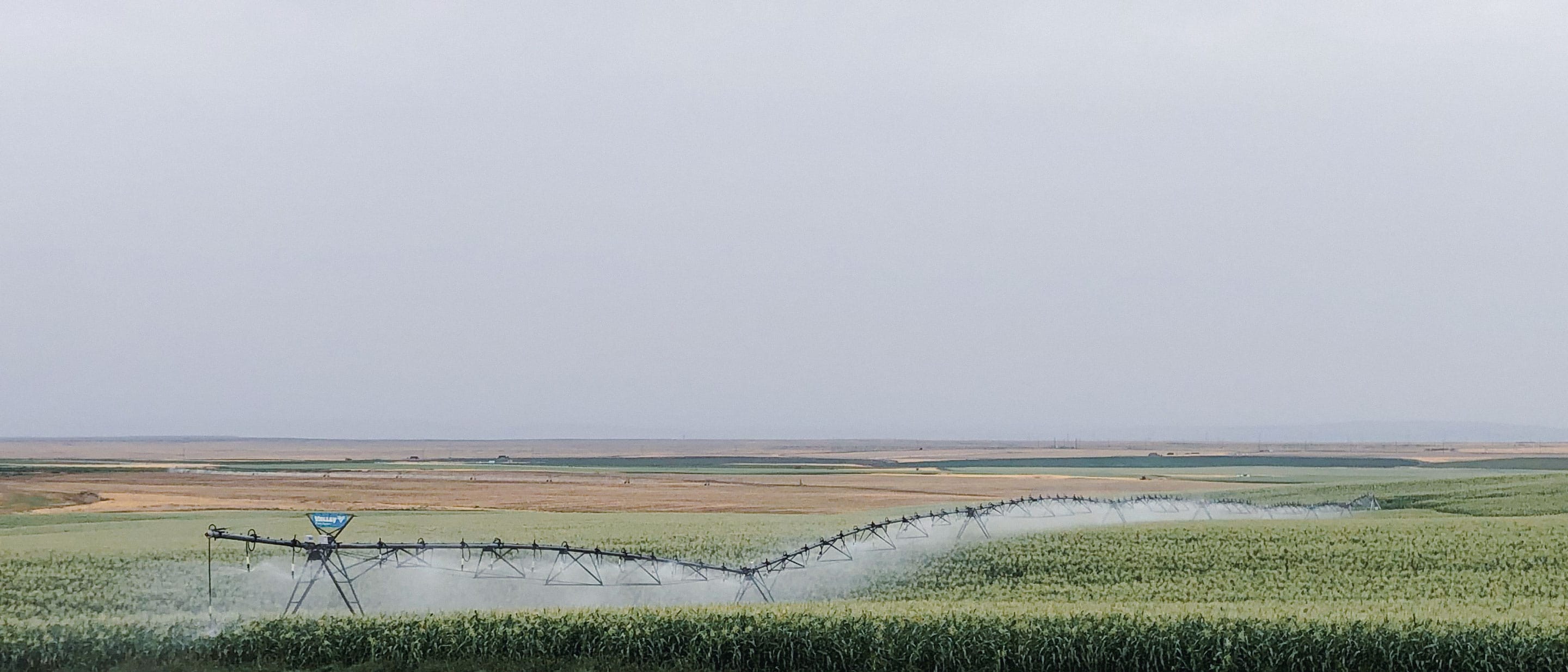This is the start of a multi-part series on Fall Line’s perspective on investing in agriculture and food as a lever to address climate change.
COP 281 started (and ended) with a long debate over how to phrase the world’s move away from fossil fuels. Would world leaders commit to a “phase out” or a “phase down” or other language (“transition away”) that targets the fossil fuel industry and spells out its final trajectory? The historical focus of COP has been on energy system transition, so this is not surprising.
Perhaps the less told story in the COP 28 media frenzy has been the increasingly prominent role of agriculture and food. There was a Food and Ag day at COP for the first time in its history and in the final language of the COP28 UAE Declaration on Sustainable Agriculture, Resilient Food Systems, and Climate Action, 159 governments committed to a series of actions to ensure food security and the resilience of agriculture given climate change.
With this as a backdrop, let me summarize upfront the main points in this Field Note:
1) As emissions from the energy sector decrease, agriculture will become a larger and larger share of total global emissions, becoming a high (possibly the highest?) emitting sector.
2) Agriculture is connected to systems that are both inherently global and local at the same time. Climate change will impact agriculture not just via physical climate risks, but also through the energy sector, land use policies, and labor markets.
3) While a decarbonized energy system means that agriculture’s emissions will fall, some emissions will remain as they are intrinsic to farming.
4) These are difficult to address because they are related to the biological processes of growing a crop or raising animals, but new technologies provide a powerful lever to drive down emissions.
5) Reducing the emissions from agriculture and food requires a delicate interplay of technology, policy, and consumer choices. The choices of what to grow and where to grow it impact both food security and national security.

Why the focus on food and agriculture at COP?
Once the world’s energy system is decarbonized, food and ag will be a large (perhaps the largest?) source of unmitigated GHG emissions. Food and agriculture today represent 33% of global GHG emissions, including farming’s land use change impacts, which account for roughly 10% out of the 33%2. Looking to the future, models such as those published by the European Environment Agency3, do not expect a continued drop in agricultural emissions. This is despite the fact that agricultural emissions will be reduced by the decarbonization of our energy system. Principally, it is the continued growth of the agricultural sector that will drive the steady-state in emissions, despite the overall lowering of the energy-related GHG footprint component of farming. Placed against the backdrop of an increasingly decarbonized energy sector, agriculture’s emissions as a percentage of global emissions will rise and make it one of the highest GHG emitting global sectors.
The work to reduce emissions in agriculture needs to start now, hence the rising focus at COP. To understand agriculture’s pivotal role in driving global GHG emissions and how investments in farmland and technology can support decarbonization, we need to unpack the landscape of forces at play.

What are (a few) of the many forces at play?
Agriculture and the energy system: Adjacent to the energy sector is food and agriculture. A recent study looking at OECD countries from the US Energy Information Administration found that agriculture accounts for 4% of industrial energy use, 10% if one includes the paper and pulp industry4. This is on top of the energy used to make nitrogen fertilizer, which itself is roughly 1.5% of global GHG emissions5. In the context of the energy transition, low-carbon fertilizer precursors (e.g. green NH4+) are valuable downstream products from renewable hydrogen and could be used as storage for excess renewable energy6. Agriculture and food’s large energy footprint and its potential use of feedstocks produced from renewable energy supply will allow the sector to reduce its GHG emissions by piggybacking off of technologies developed for the energy transition. However, this will not reduce emissions from food and agriculture to zero and changes to farming practices as well as new technologies will be needed to achieve a further drop in emissions.
Agriculture and land use change: According to the FAO, agriculture occupies 38% of the world’s land7. As such, it is an enormous platform for the deployment of technologies that are intended to impact climate through their impact on land (see this article on this topic by my colleague Libby). Think about reforestation and avoided deforestation projects, along with the protection of natural areas, as major levers that can drive down the land use change impact of agriculture. But also think about soil conservation, which is imperative for the resilience of agriculture in light of a changing climate. Nature and agriculture meet through the choices that humans make about how they manage their agricultural land and the impacts that these choices have on the biodiversity that the land harbors. Decreasing the impact that agriculture has on soil and neighboring land yields benefits that go beyond climate and address the broader set of externalities that farming creates. Policy levers can guide land use choices and provide the right incentives that direct crops to their optimal locations, while protecting surrounding habitat. With technology we can monitor agriculture’s impact on land and improve the resilience of soil.
Agriculture and employment: Ag employs many people around the world, many of whom labor in conditions that will become more difficult and dangerous with climate change. What does it mean to perform physical work in the field when the temperature outside is 120°F for months each year? How much physical discomfort will workers be willing to endure and what regulations will governments require to ensure worker safety? In 2021 the U.S.’s Occupational Health and Safety Administration (OSHA) released a proposed rule to prevent heat illness on the job, which given the exposure faced by agricultural workers, would have a profound impact on agriculture8. Taking our changing climate, together with powerful development and demographic trends, means that we should anticipate a changing and heavily constrained availability of agricultural labor across the globe. Navigating the decrease in available labor and the use of higher skilled labor coupled with advanced technologies will be part of the task of managing the farms of the future.

What do we do about the GHG emissions that are intrinsic to agriculture?
What’s fascinating and maddening about agriculture is that, even if all of the above industry trends and government policies were to line up to address many of the GHG and broader environmental and social impacts of farming, there will still be agricultural emissions that cannot be mitigated. Agriculture’s unavoidable emissions come from the biological carbon and nitrogen cycles which are part of the processes of raising crops and animals, and include respiration, decomposition, enteric fermentation, and denitrification (see this article for a comprehensive overview of agricultural emissions). To address these unavoidable emissions, changes in farming practices aimed at greater topsoil conservation, minimized soil disturbance, improved management of crop residues, etc. and new technologies will be needed.
There are myriad ways in which new technologies can solve the problem of unavoidable agricultural emissions. These could include better breeding to reduce methane emissions from dairy cows and livestock, improved methane capture technologies to scrub the air in dairy barns and milking parlors, or more efficiently turning methane emissions into sources of renewable energy. There are ways in which technology can improve the resilience and reduce the emissions from soil, which could be in the form of better machinery, improved inputs, better organization of a farm’s operations in the field, new genetics, etc. The list goes on and on.
How Fall Line organizes its thinking around the impacts that new technologies can have on climate change is the subject of another Field Note.
To conclude, in the global context of COP, we need to remember just how complex and sensitive a topic food is. What foods people have access to, what they can afford, and ultimately choose to eat is a matter not just of food security, but of national security. It can be easy to miss this point if looking through the lens of the US or other countries that have historically been net exporters of agricultural commodities. We will need to accelerate the pace of agriculture and food technology investments to accelerate countries’ paths toward the goals of the Paris Climate Agreement and get ahead of what will be an increasingly large share of global GHG emissions.
1 As a reminder, COP stands for Conference of the Parties and in this case it relates to those countries that signed on to the United Nations Framework Convention on Climate Change (UNFCCC). This was the 28th edition of COP.
2 Crippa et. al. (2021). Food systems are responsible for a third of global anthropogenic GHG emissions. Nature Food 2, 198-208.
3 https://www.eea.europa.eu/publications/Progress-and-prospects-for-decarbonisation
4 https://www.eia.gov/outlooks/ieo/pdf/industrial.pdf
6 https://www.irena.org/Events/2022/May/The-role-of-Renewable-Ammonia-in-the-Energy-Transition
7 https://www.fao.org/sustainability/news/detail/en/c/1274219/

